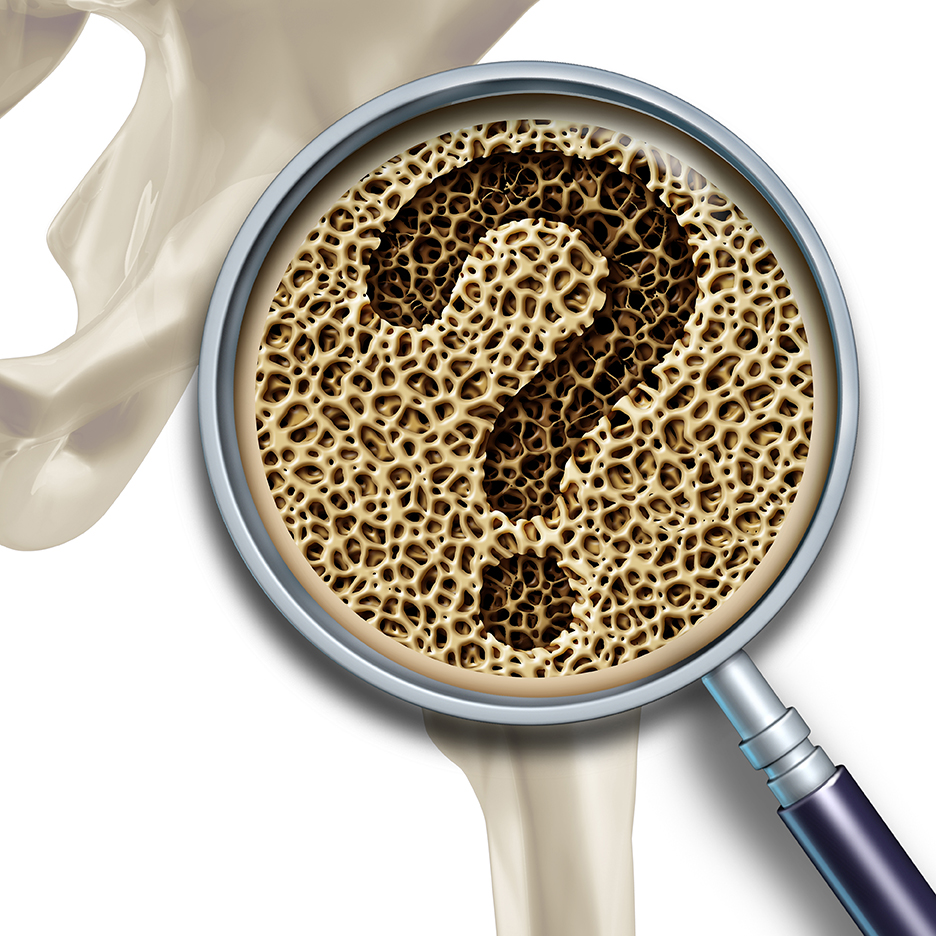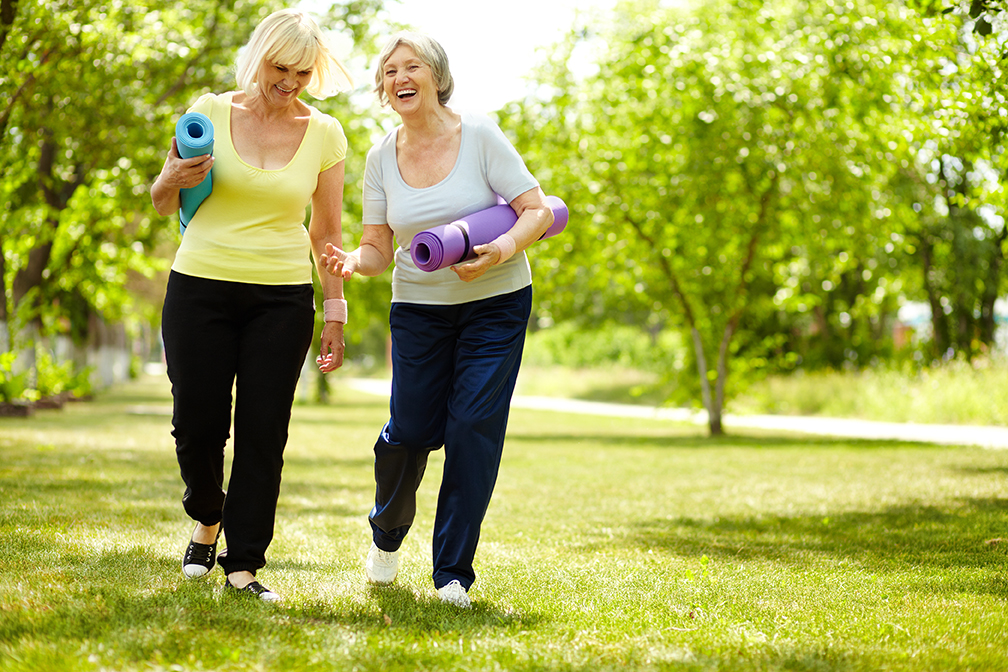
We are entering a new era with medical fitness in terms of understanding how exercise can help individuals with chronic illness and stress. This is a very exciting time for the fitness industry as baby boomers are becoming our target population. Fitness professionals, through quality education, can be positioned to help these individuals. One of the more common conditions that may be reversed through exercise is Osteoporosis which affects men and women. In this article, we will take a look at what Osteoporosis is, how stress affects it, the different risk factors and how exercise can help.
According to the International Osteoporosis Foundation, there are currently 200 million individuals who are suffering from Osteoporosis worldwide. 1 in 3 women and 1 in 5 men will have osteoporotic fractures in their lifetime. Osteoporosis is referred to as the “silent disease” since most individuals don’t know they have it until they break a bone due to falling. Men are twice as likely than women to have a fracture reoccurrence. It is also known that bone fractures happen about once every three seconds around the world due to Osteoporosis.
Many individuals wonder what Osteoporosis is, how they got it and what treatments are available. Looking for the risk factors and working with medical professionals after diagnosis is important.
Osteoporosis is a medical condition where the bones become brittle and fragile from loss of tissue. The commonly known risk factors that are seen in both men and women are: a family history, broken bones after the age of 50, early menopause, calcium and vitamin D deficiency, extended bed rest or long periods of inactivity, smoking, cancer treatment, asthma, or arthritis medication and chronic stress which isn’t mentioned to often. When you take a closer look you realize that there are also some different risk factors for men and women that shouldn’t be overlooked. If a client presents with any of the conditions below keep in mind that Osteoporosis could be a possibility. The table below will demonstrate the differences.
|
Risk Factors for Osteoporosis In Men
|
Risk Factors for Osteoporosis In Women
|
The link to chronic stress is being studied more frequently and there are definite ties to Osteoporosis. The psychological stress of anxiety has been found to have an effect on lower hip bone density for example. Even though the stress response and bone regeneration work on two different mechanisms one interferes with the other. If an individual has been living with chronic stress the hormone cortisol is released as well as epinephrine and norepinephrine which blocks calcium absorption and stops bone regeneration. Over time, the bones will wear down and eventually become Osteoporotic.
 When prescribing exercise it is important to review your client’s health history and ask viable questions to fully understand their risk factors. Weight-bearing exercises such as walking, and weight training are important to help increase bone density. If a client is under a lot of stress, however, easing up on workout intensity is key to helping your client to recover from the flight or fight response. An intense workout can make cortisol levels spike even higher than they already are and can make the client more susceptible to Osteoporosis.
When prescribing exercise it is important to review your client’s health history and ask viable questions to fully understand their risk factors. Weight-bearing exercises such as walking, and weight training are important to help increase bone density. If a client is under a lot of stress, however, easing up on workout intensity is key to helping your client to recover from the flight or fight response. An intense workout can make cortisol levels spike even higher than they already are and can make the client more susceptible to Osteoporosis.
Fitness professionals may want to think about incorporating mind/body approaches such as Yoga, Tai-Chi and meditation and or Mindfulness into their client’s program. The approaches you choose will depend on the severity of Osteoporosis and what your client is comfortable doing. Some positive aspects of these practices are better balance, coordination and body awareness for fall prevention. Another benefit of stress reduction is that it lowers cortisol levels that may help with bone regeneration.
Robyn Caruso is the Founder of The Stress Management Institute for Health and Fitness Professionals. She has 15 years of experience in medical-based fitness.
References:
- Stress Management Institute for Health and Fitness Professionals
- https://www.webmd.com/osteoporosis/features/causes#1
- https://www.iofbonehealth.org/facts-statistics
- https://www.bones.nih.gov/
